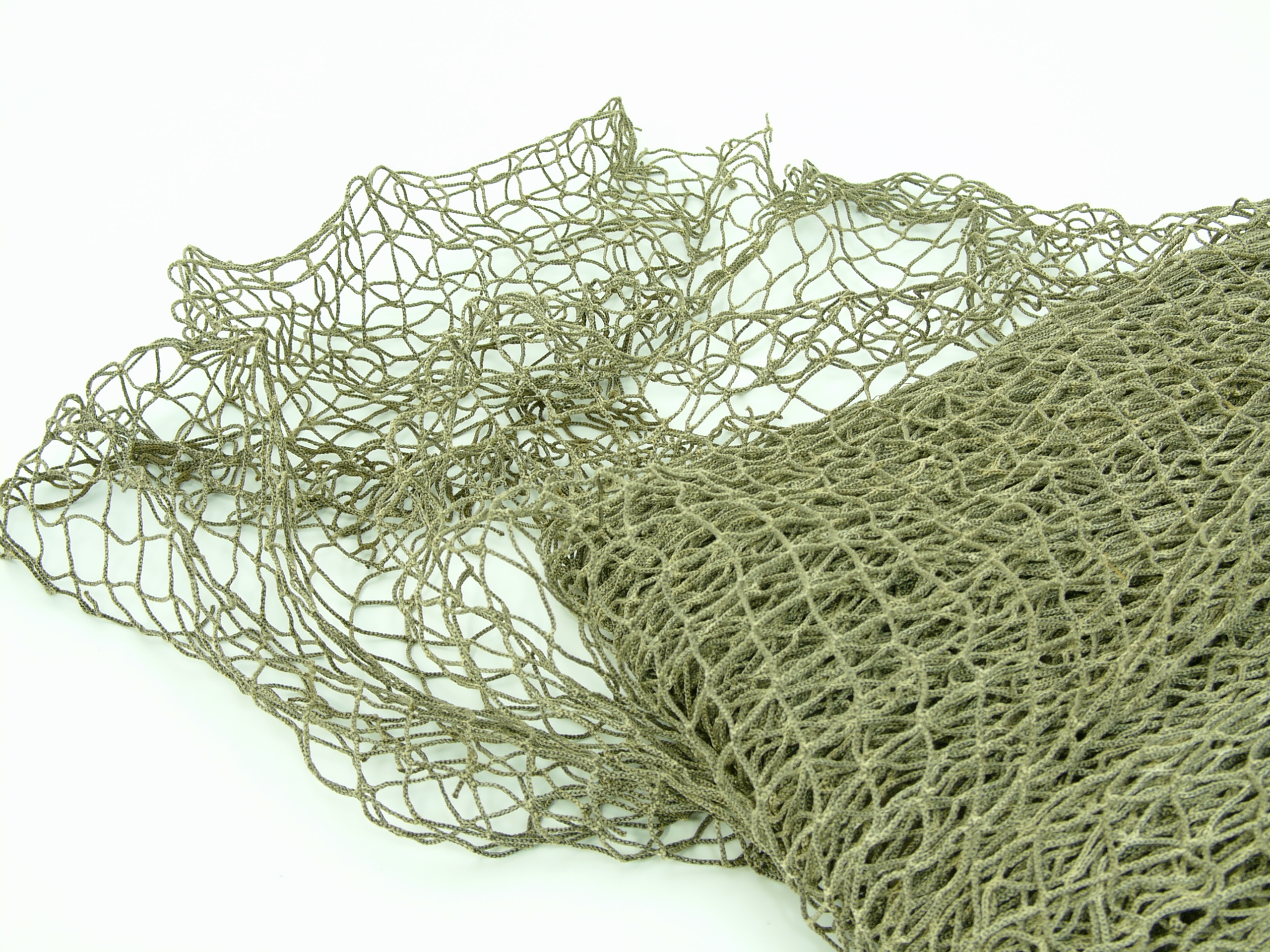5 Surprising Facts You Didn’t Know About Fishing Nets
 Even with all the new modern technologies that have made catching food easier, fishing is one industry that, in some ways, has stuck close to its roots. Or nets, as the facts would have it – today’s fishing nets may be as high tech as they can be, but they are still essentially the same nets that were woven out of grasses hundreds or thousands of years ago by early humans.
Even with all the new modern technologies that have made catching food easier, fishing is one industry that, in some ways, has stuck close to its roots. Or nets, as the facts would have it – today’s fishing nets may be as high tech as they can be, but they are still essentially the same nets that were woven out of grasses hundreds or thousands of years ago by early humans.
In this post, learn 5 surprising facts you didn’t know about fishing nets.
Fact 1: The earliest fishing net dates back to 8,300 B.C.
This net, called the “Net of Antrea,” was made out of the fibers of the willow tree. Carbon dating technology was used to date the net. The net was first discovered by a modern day fisherman when he was clearing out some swampland, which is thought to have formerly been a lake.
One of the coolest things about the net itself is that its length and width suggest that tools must have been used in its construction, especially to create the willow yarn used in its weaving.
Fact 2: One of the most sustainable ways to catch fish using a net is via “cast net fishing.”
According to Memphis Net & Twine, cast net fishing is a technique that can be used either from shore or while occupying a vessel over a freshwater or saltwater body. The net is cast, or thrown, into the body of water. The goal is to trap fish in the net mesh without the fish being aware of the net’s presence. Because some nets tend to be very heavy, only certain individuals have the strength and balance to throw them with any accuracy.
Cast net fishing is particularly popular in Hawaii, where it is a technique used in recreational fishing as well as daily life fishing. The most commonly caught fish using this technique are scad, parrotfish and goatfish.
Fact 3: Drift net fishing, in contrast, is one of the most non-sustainable net-based fishing technique.
Drift net fishing, as the name sounds, uses a drifting net to snare unsuspecting fish as it floats along. This fishing technique is so widespread that it has caused much damage in every region of the world.
The primary reason drift net fishing is so destructive is because usually those fishing only want one or two kinds of fish. So everything else that the net catches is thrown back, but not before many other types of wildlife are killed by the nets. Some of the nets can be 30 miles or longer! But thankfully the United Nations has since prohibited use of any net longer than 1.5 miles, even though this is not even close to solving the problems that drift nets of any size can cause.
Fact 4: More than 13 million fishermen around the world provide people with seafood.
Worldwide, there are an estimated 12 million small-time local fisherman and about 1 million large scale commercial fisherman. Interestingly, each group nets about the same number of fish and seafood life each year. The demand for fish and seafood is great. In America alone, people eat approximately 4.2 billion pounds of fish each year.
Fact 5: When and what type of net you use will make a big difference in what you catch.
If you are a squid fisherman, you will want to cast your net in the evening. If you want to catch schooling fish, you will want to drop your net early in the morning or at dusk when they are feeding.
Some nets are actually not made of mesh or twine at all but from rocks, planks and other materials. For instance, a type of net used in Micronesia is formed from v-shaped clusters of rocks that keep fish from returning to deeper waters after they have traveled in to shallow areas in search of food.
Fishing nets are as much a part of local culture around the world today as they were thousands of years ago. There is much to learn about how fishing nets are constructed and used to keep the world supplied with enough fresh, tasty fish to eat.

















